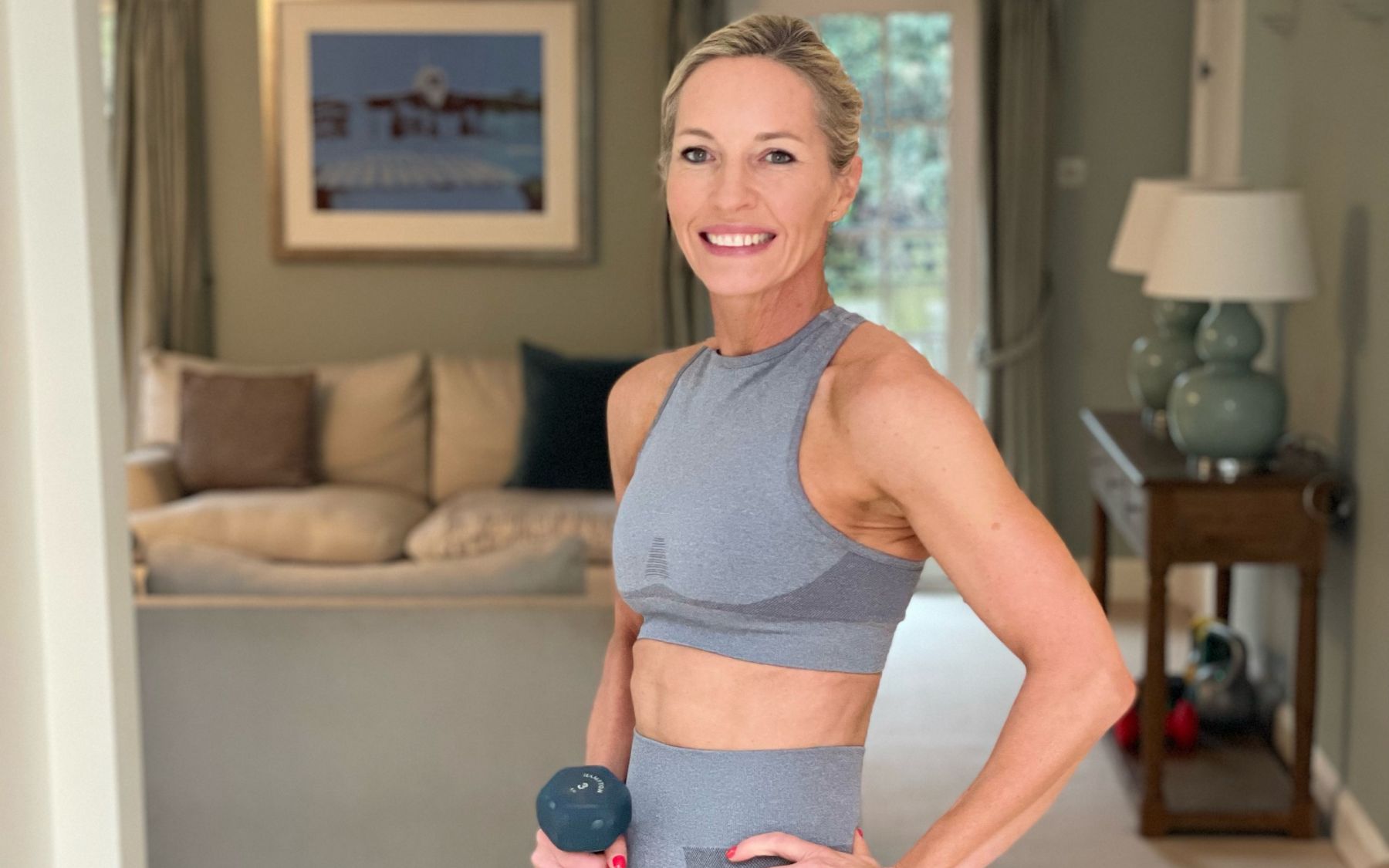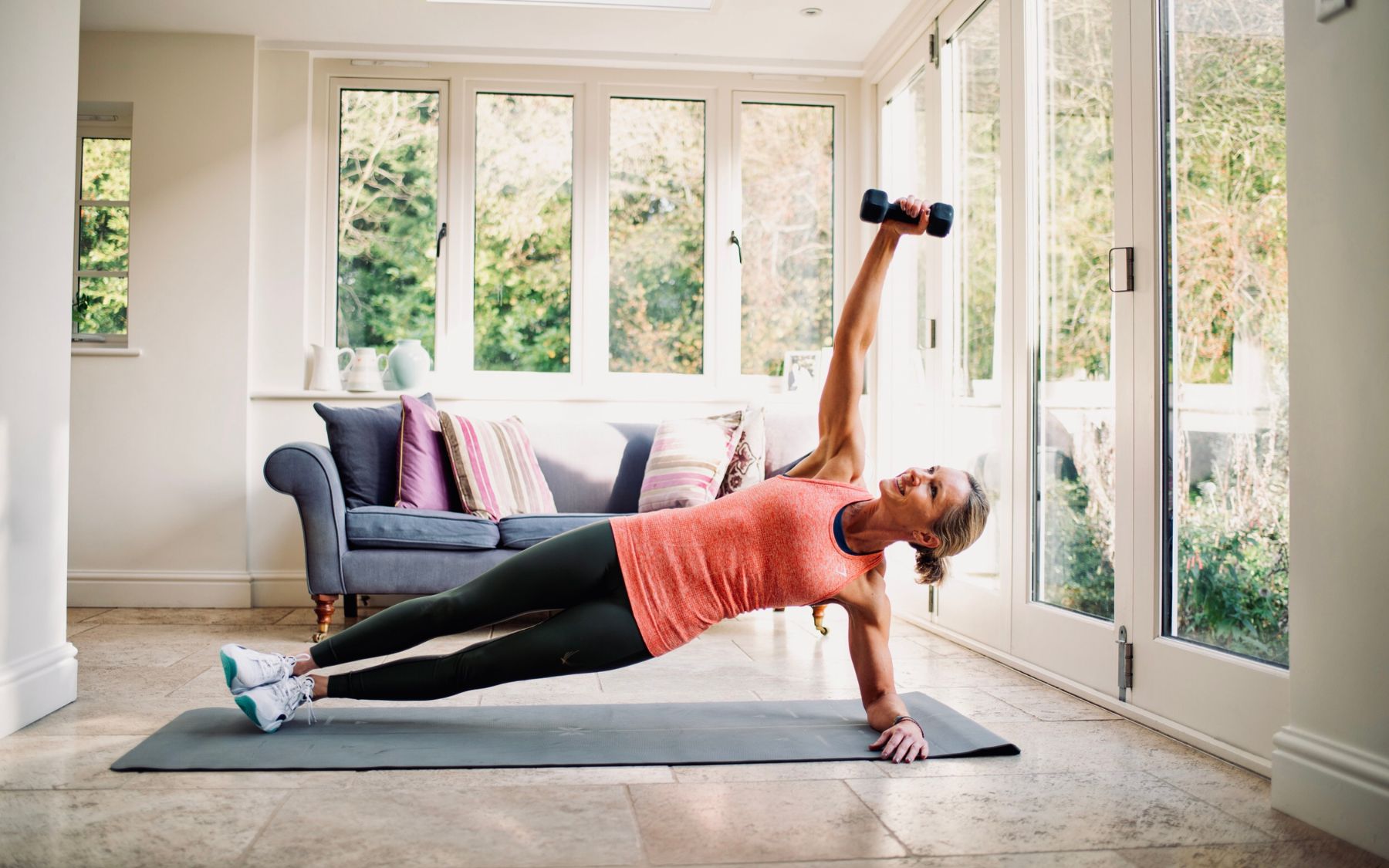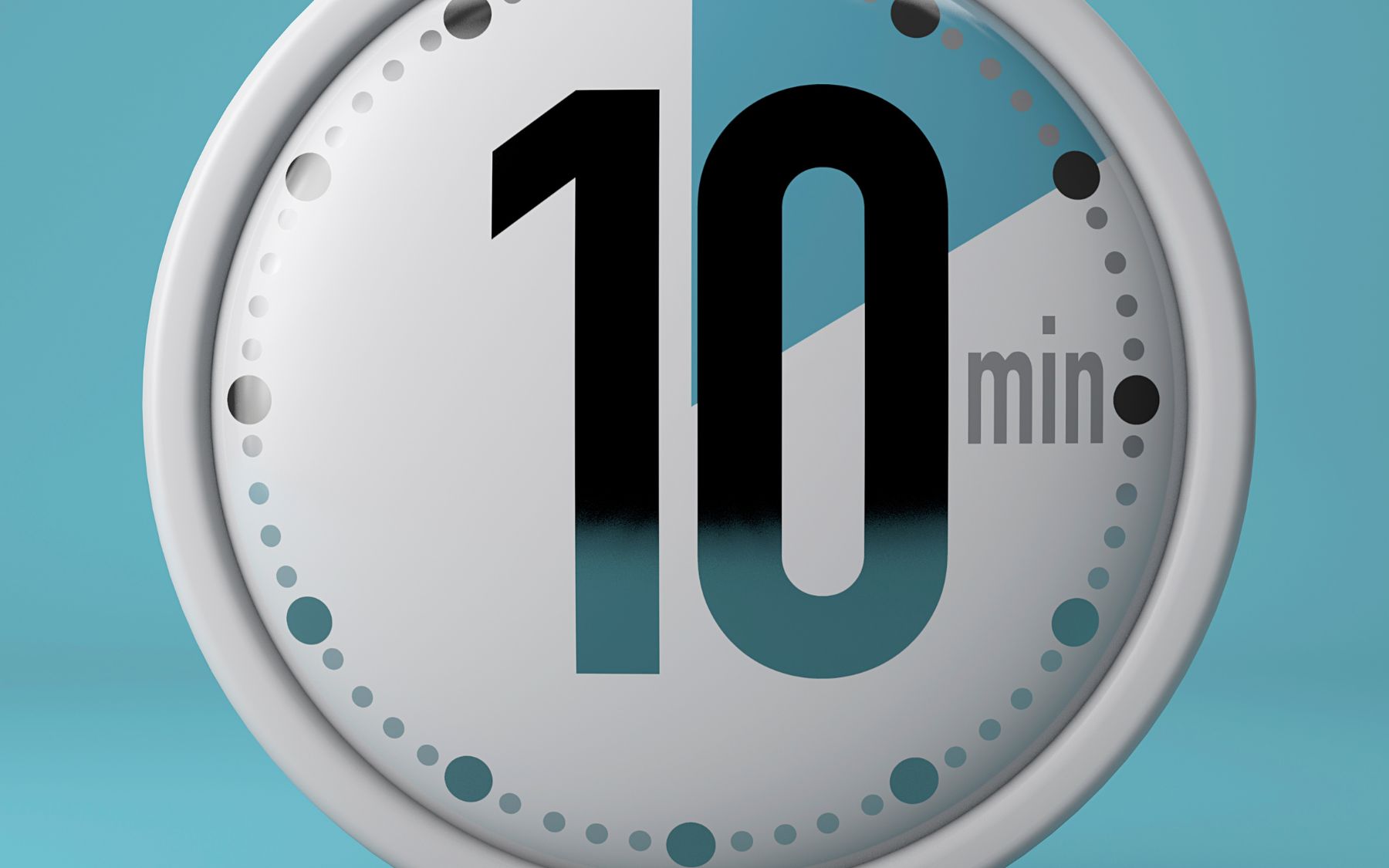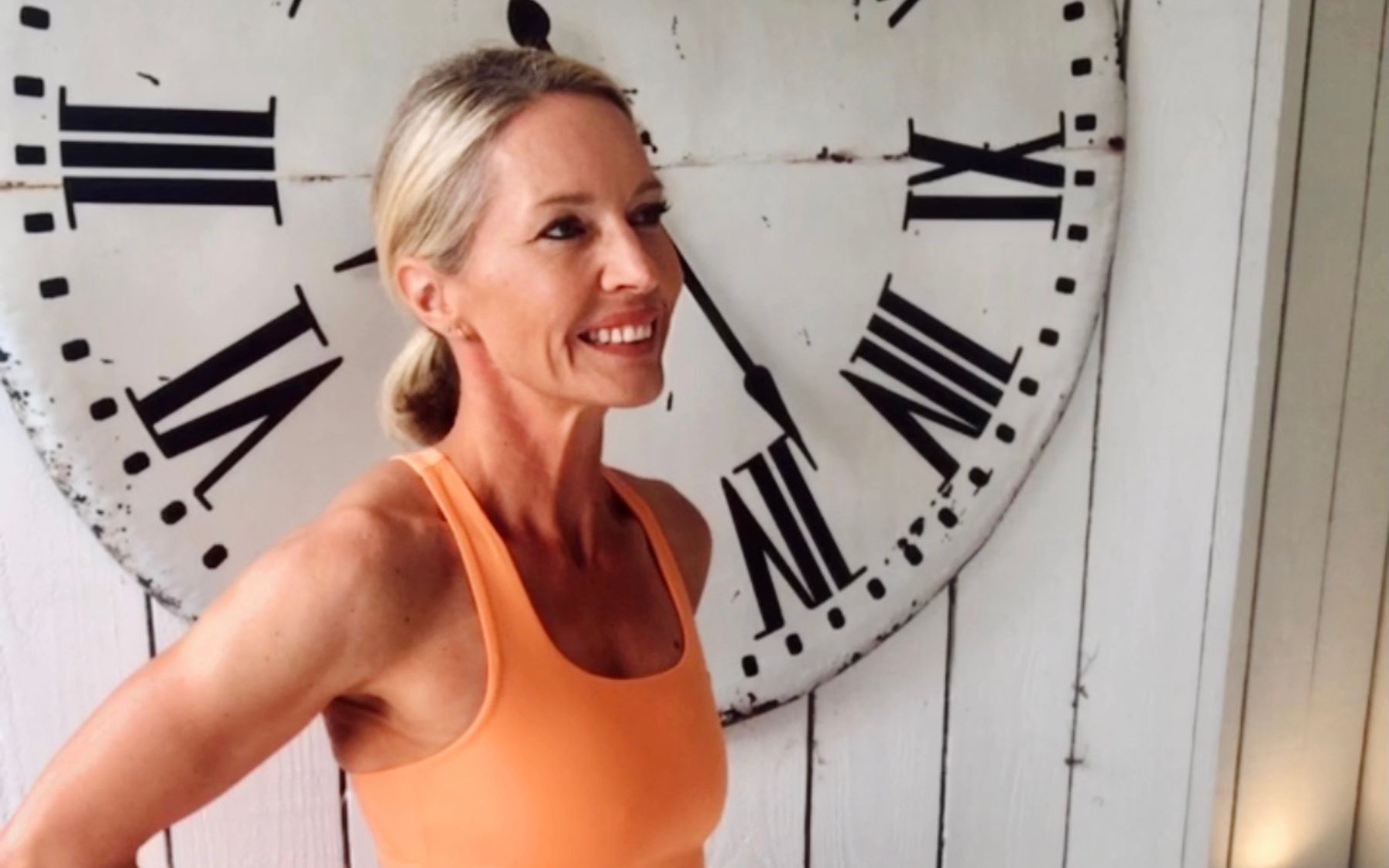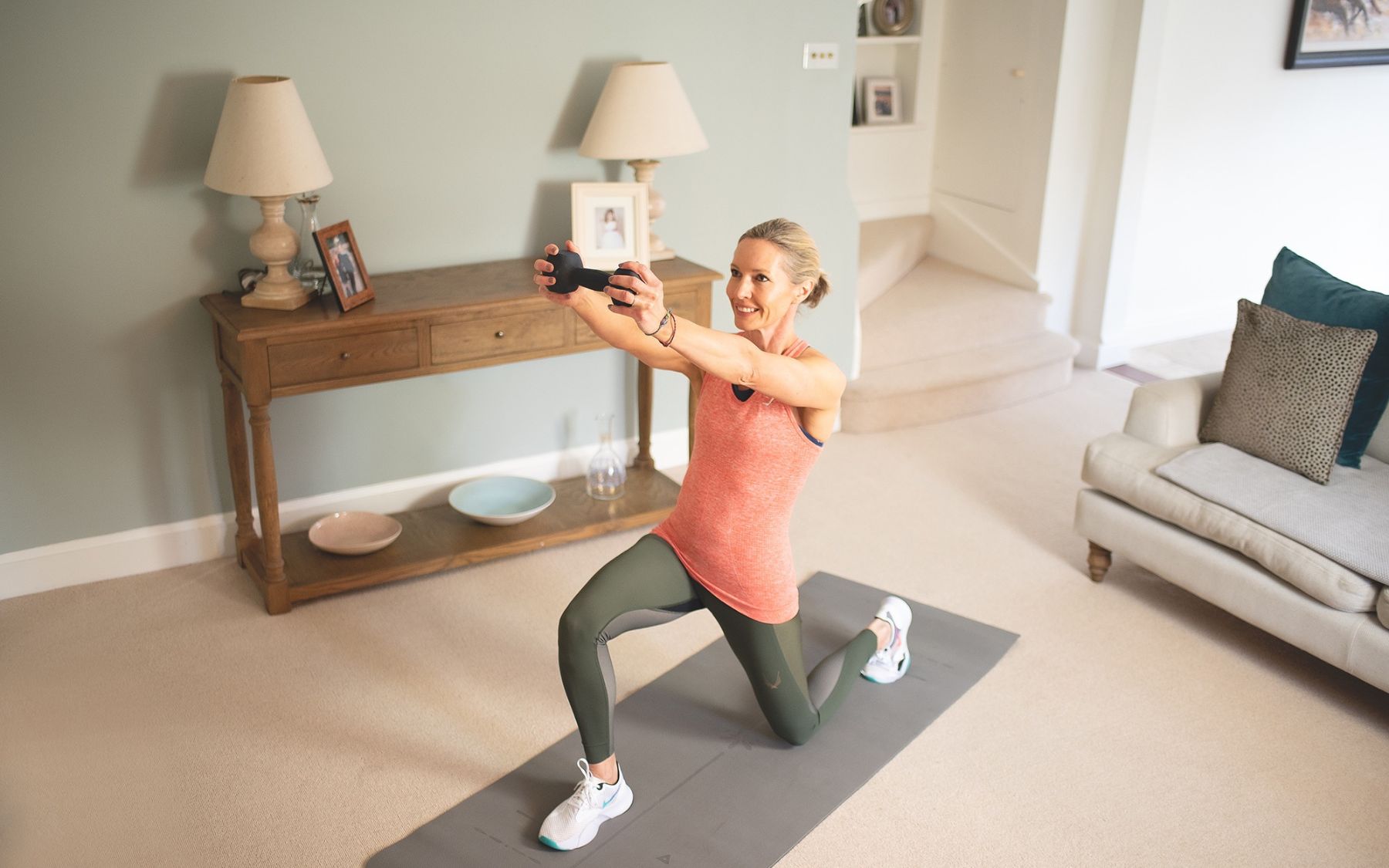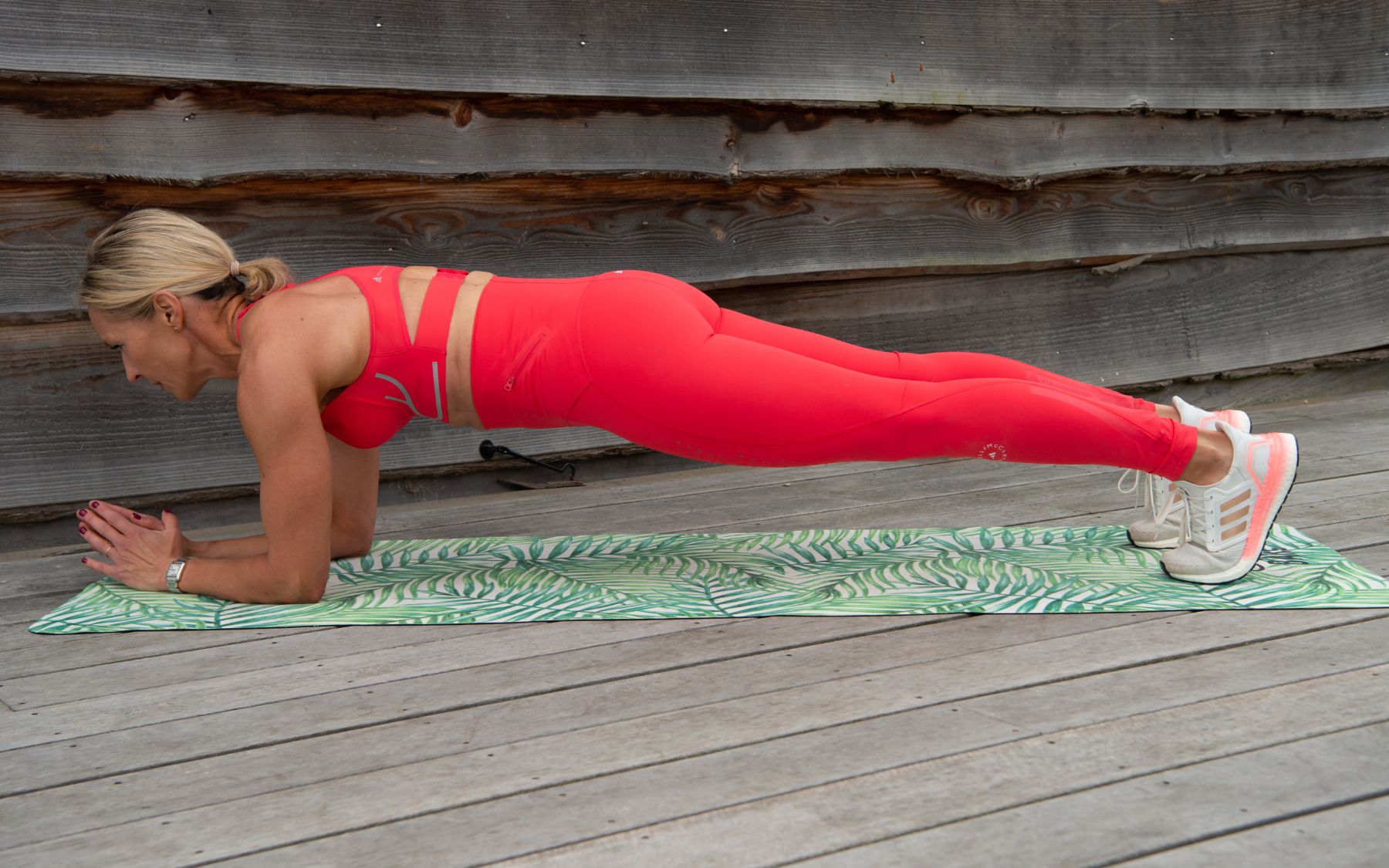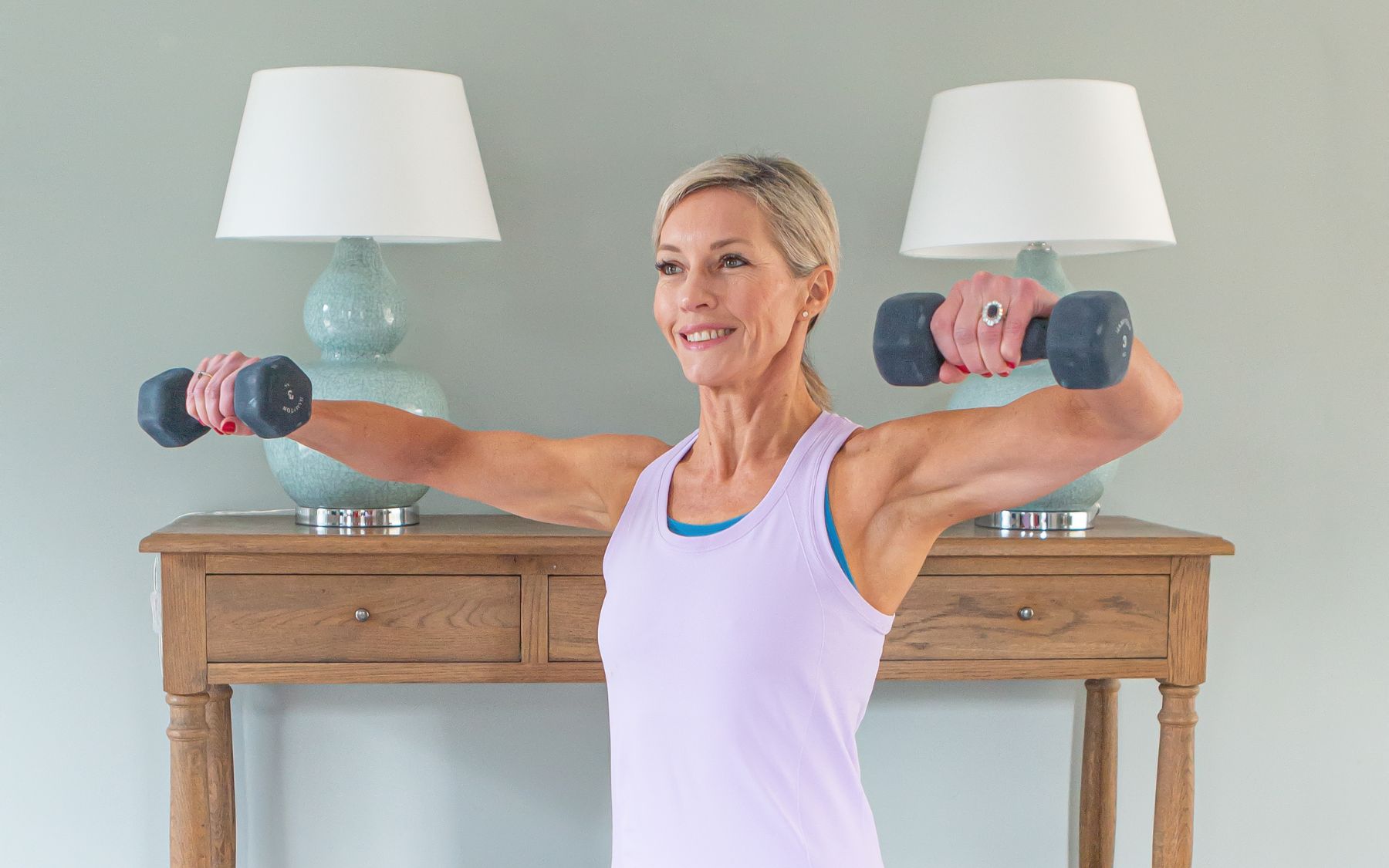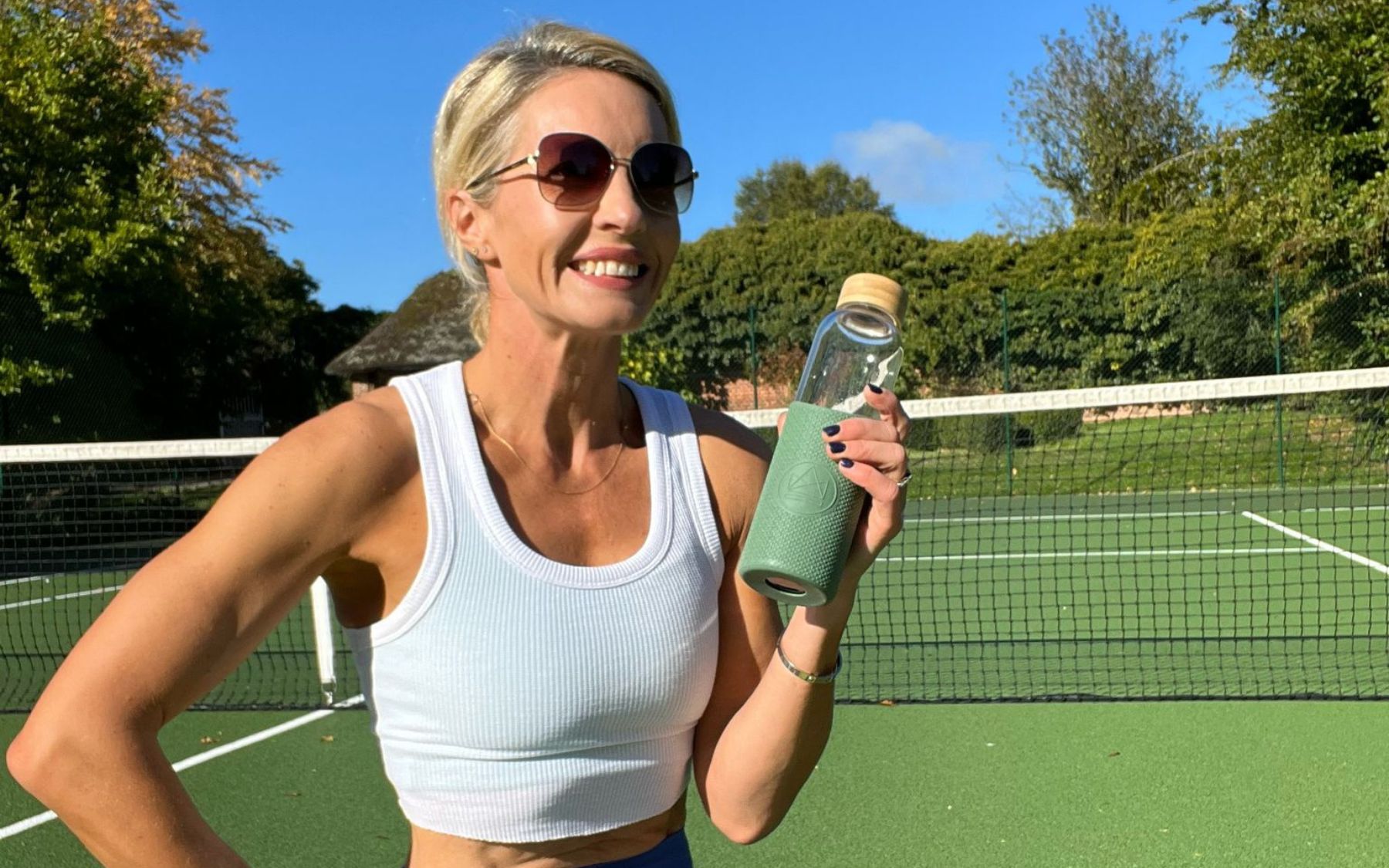I do get asked this question a lot by my members and it requires a careful answer. It is safe to exercise every day but it entirely depends on the level you are working at. It is fine to exercise but not at a high impact level every day. You need to think about why you are exercising so much and your motivation behind it. If you find an exercise which you enjoy and it isn’t at too intense a level then that is fine such as walking or yoga. You also want to take into consideration the length of time of each session – ultimately you want to find a routine that optimises your efforts and doesn’t undo them, remember the importance of rest and recovery for fitness gains and to avoid injury.
Regular exercise provides a whole heap of benefits to our overall wellbeing – it helps protect against many chronic diseases, aids weight management, lowers blood pressure, improves heart health, improves sleep and mental health etc etc. It improves our muscle and bone strength as well as our memory and brain function. A daily commitment to movement can improve our lives in so many ways and the benefits are as much mental as they are physical.
However…too much exercise also has some very real negative factors – so why do we need rest days? Rest days are vital especially if your fitness routine revolves around high intensity exercise. You need rest days to benefit from your workouts. Why? When you exercise especially at a high intensity you break down muscle tissue. If you do not give your muscles adequate time to repair and are overtraining you put yourself more at risk of injury and illness. Your muscles also need time to refuel and replenish their glycogen stores.
On top of this if you don’t rest you will lose your motivation and be more at risk of “burnout” and in the long run your fitness levels as well as your performance will suffer. Rest days don’t mean that you have to completely stop all moving! Once again walking, yoga, gentle cycling, swimming are all good – any exercise which isn’t putting your body through undue stress.
If you are worried that your exercising has become obsessive try to take some time away from the gym, decrease the time of your workouts and find other forms of low impact exercise which you enjoy i.e. tennis, swimming, walking, gentle cycling, yoga. Think about why you are exercising too much – is it that you simply enjoy it or is it weight focussed? Try to build in your rest days and find alternative hobbies alongside your fitness which you enjoy daily so that you really are allowing your body time to recover and repair – it will thank you for it.
A great exercise schedule that I would recommend to my clients would be along these lines – 30-40 minute workouts 4x a week – a mixture of medium to high impact workouts for example on Monday, Tuesday, Wednesday and Friday interspersed with lower intensity workouts once or twice a week (such as jogging, swimming, cycling, yoga, Pilates) with either a mobility stretch session or long walk on the weekend. The high intensity sessions could be either strength or cardio focussed but I would definitely recommend at least two strength-based sessions a week, you can alternate upper body and lower body sessions.
I do not recommend more than 3 sessions of HIIT workouts per week and would advise one day of complete rest of any high impact exercise. Alongside this routine I advise clients to focus on getting 7/8 hours of sleep per night and eating a balanced diet, drinking lots of water and watching their alcohol levels. Keeping your workouts varied is also key!! And finally enjoy your exercise, see it as enjoyment rather than a chore and if you find something you love you are more likely to stick with it and be consistent.
